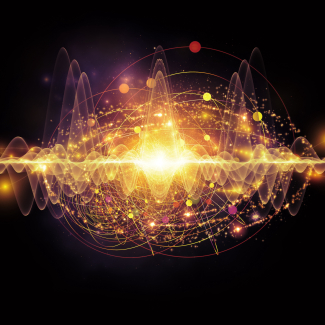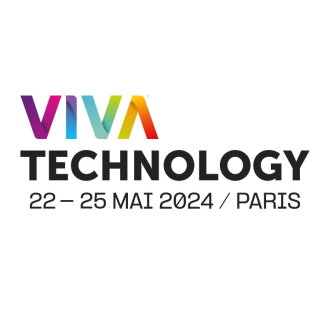
Launch of a joint international laboratory between the CNRS and Hitachi High Technologies Corporation
French researchers and Japanese engineers have joined forces to develop a new electron microscope that can scan the properties of matter on very small scales of time and space. The Centre d'élaboration de matériaux et d'études structurales (CEMES) of the CNRS and the Hitachi High Technologies Corporation (HHT) will formalize the creation of a joint laboratory on July 2, 2018, the first between the CNRS and a foreign company.
The relations between CEMES and HHT began in 2009, when the laboratory was seeking to acquire a new transmission electron microscope (TEM) that can conduct experiments that are impossible for conventional instruments. In order to better respond to the needs of researchers, HHT engineers modified one of their products and developed a truly novel “electron optical platform.” The two partners built on this experience by pursuing their relations, initially through a collaboration agreement aiming to pursue the valorization of this instrument.
At the same time, a CEMES team1
developed a one-of-a-kind coherent2
source of ultrafast electrons that they successfully tested on a previous generation HHT microscope, making this prototype the first ultrafast coherent TEM. With HHT engineers seeking to collaborate on this new technology and CEMES researchers to continue this research on a more modern microscope, the two partners subsequently decided to establish a joint laboratory, which will be confirmed by the signing of an agreement on July 2 at the French Embassy in Tokyo. While the CNRS already has a number of international joint units bringing together foreign academics and private companies, this will be the first international joint laboratory between the CNRS and a foreign company on its own.
The collaboration will revolve around the transfer of the coherent electron source to a cutting-edge model loaned by HHT in connection with this new partnership. CEMES teams will thus enjoy one of the world's most high-performance instruments to conduct their experiments, and Japanese engineers will enjoy the expertise of French researchers in the field of ultrafast microscopy.
The ultrafast TEM project, which made possible the development of the first prototype of this technology, combines TEM and ultrafast lasers. TEM offers excellent spatial resolution as well as low temporal resolution: in short, the TEM enables the study of physical phenomena on the atomic scale at a given instant, rather than following their evolution over time. The CEMES instrument frees itself of this limitation through a new electron gun that can generate ultrashort pulses thanks to its coupling with an ultrafast laser. Using a coherent pulsed source like this one enables the study of physical phenomena—such as the dynamics of electrical or magnetic fields, or stress within nanomaterials—over very-short durations, all while observing on the sub-nanometric3
scale.
Thanks to the joint laboratory between CEMES and HHT, the ultrafast TEM technology could be integrated in a modern TEM with new forms of imagery, offering research teams a much more accurate instrument to successfully complete these unique types of studies.

CEMES researchers handling the prototype of the ultrafast coherent ultrafast TEM microscope.

Images obtained using the prototype of the ultrafast coherent TEM. Left: illustration of the interference (or electron hologram) of the pulsed electron beam. Right: cartography of phase transitions of the electron beam, taken from the hologram with a resolution of 1nm.
- 1Supported financially by the CNRS's Institute of Physics and the ANR.
- 2With a coherent source, the electron beam that enables the viewing of objects in the microscope carries the same quantity of energy and travels on the same trajectory. This excellent coherence is necessary for imaging structures and fields.
- 3A nanometer (nm) equals 0.000000001 = 10-9 meters.


